Exact Answer: 1.60934 Kilometers
The mile, sometimes referred to as the international mile or statute mile is a British imperial unit and US customary unit of distance based on the older English unit of length equal to 5,280 English feet.
It was formally redefined concerning SI units as exactly 1,609.34 meters.
It originated from the Roman unit of distance known as “mille passus” which literally translates to “thousand paces”. It measured about 5,000 Roman feet. One mile is made up of eight furlongs.
Since a furlong was 660 feet, one mile is equal to 8*660 i.e 5280 feet.
As per BBC, there is no acceptable abbreviation for miles as there are for kilometers and centimeters. Thus, it should be completely spelled out when used for describing areas.
It takes 15 to 20 minutes to walk 1 mile at a moderate pace.

How Long Is A Mile?
| Conversions | Is Equal To (Units) |
| 1 Mile | 1.609 kilometers |
| 1 Mile | 1,609 meters |
| 1 Mile | 5,280 feet |
| 1 Mile | 63,357 inches |
| 1 Mile | 1,760 yards |
A mile is not a small distance to cover. Running a mile distance takes a person somewhat time. Non – professional runners require around fifteen minutes to cover a one-mile distance.
Experienced sportsmen will run one mile in about 10 minutes. However, elite marathon runners can cover a mile distance in just five minutes.
It must be kept in mind that nonetheless if one walks or run a mile somewhere on a rocky or uneven landscape, covering even one mile may take more time.
When one walks or runs on a plane surface that is flat and even, it takes less effort to move. However, if one tries to cover the same distance of one mile in the mountains or even in any hilly area, it might be way more complicated to keep up with the ideal pace of covering a mile.
According to some people, a one-mile walk is a great kind of fitness for weight loss. Compared to running, brisk walking for a mile is more relaxed but even it can help in burning many calories easily.
Why Is A Mile So Long?
A mile, in a layman’s language, is about four times around a sports track. In time, a mile is one minute of one’s life at 60 mph (100 kph). For an average-sized human, walking a mile takes about 2000 to 2500 steps.
Miles as a unit of measurement are in everyday use in the USA and Liberia. Nearly everyone in those countries is aware of exactly how long a mile is.
While the UK has adopted the metric system of measurement, miles are still prevalent and in use. It is also a common unit of measurement in countries like Canada etc.
Even in English-speaking countries that have moved from the Imperial system (which uses the mile as a unit of measurement) to the metric system, the mile is still used multiple times. The word ‘mile’ in idioms like ‘A country mile’ is colloquially used to denote a very long distance.
According to experts based on empirical figures and data, average walkers can cover a distance of one mile in less than 30 minutes. It takes only about 15 to 20 minutes to walk a mile even at a moderate pace.
Walking one mile is a common physical activity worth at least 20 minutes of exercise in one’s schedule.
The magic of the 13-minutes mile comes at a crossroads. The 13-minute mile is where the slow joggers meet the fast-paced walkers at 13 minutes per mile.
The 13-minutes mile is a good goal for anyone to aim because once one starts walking at this speed, one can slowly start transitioning into running like elite runners if one has that desire.
Running a full mile without stopping is a huge milestone for a person to achieve before transitioning to running races instead of walking the entire track.
Conclusion
One mile is approximately equal to one and a half kilometers. In terms of time, one spends about twenty minutes walking a one-mile distance at a brisk pace. The basic concept of mile originated in Roman times.
Thus, a mile is not a unit of measurement of modern times as it belongs to the imperial system of measuring distances. How fast can one run a mile depends on several factors, including one’s fitness level and genetics.
It takes only about one minute to drive and cover a one-mile distance at 60mph.



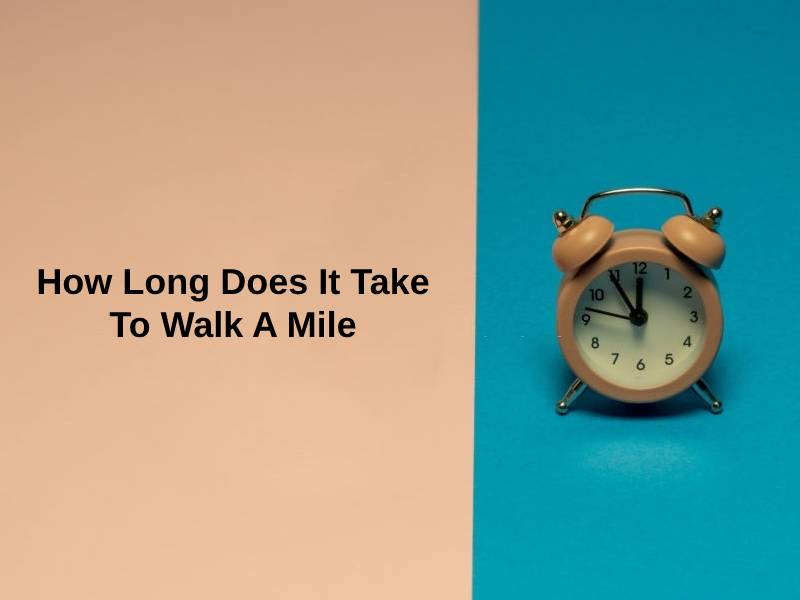

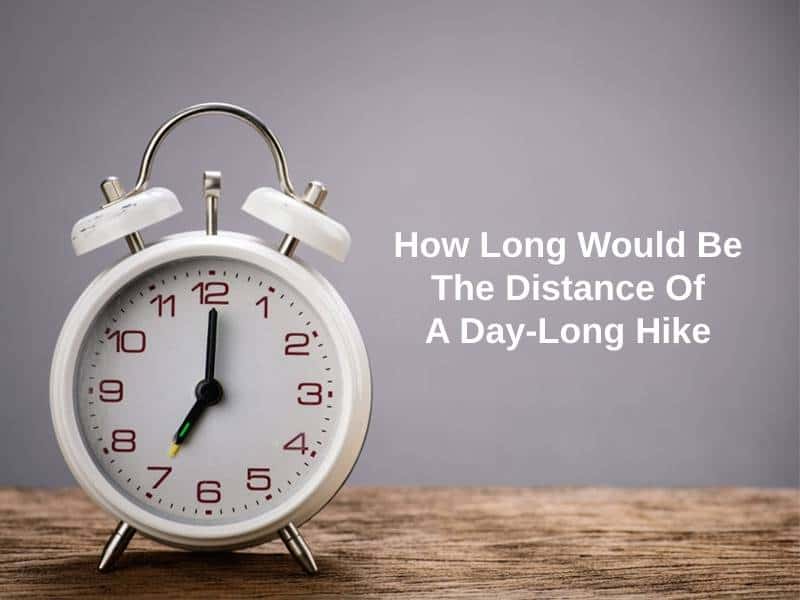

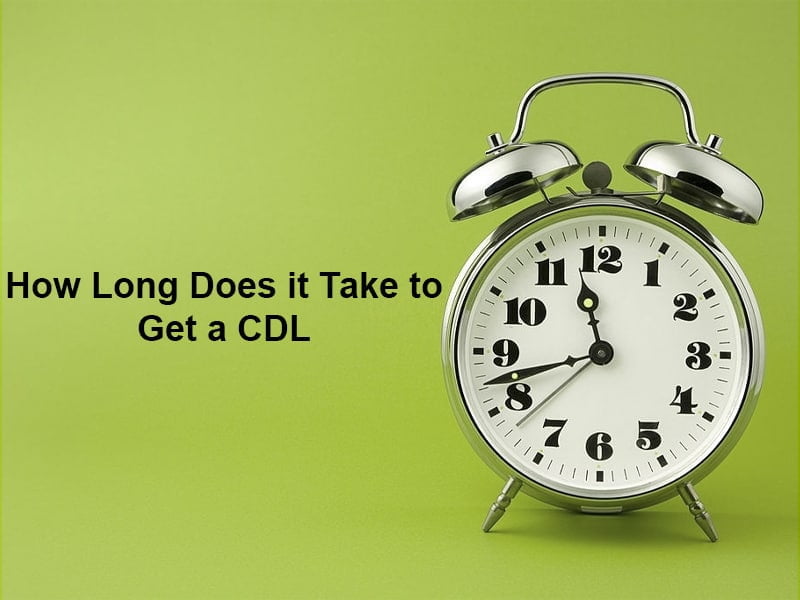




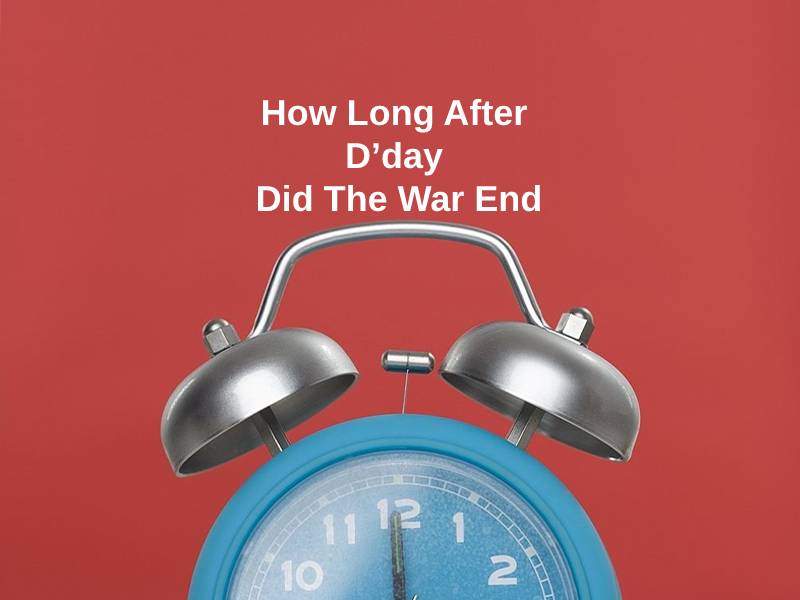
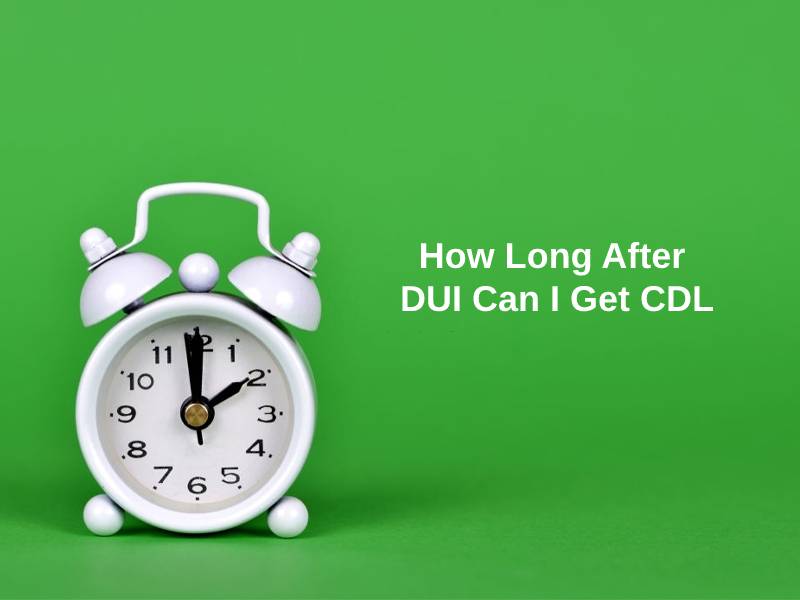

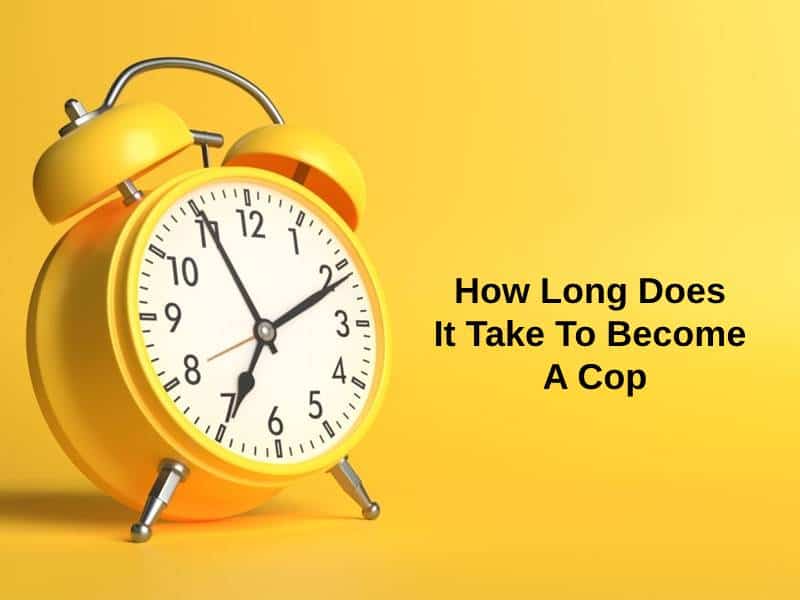

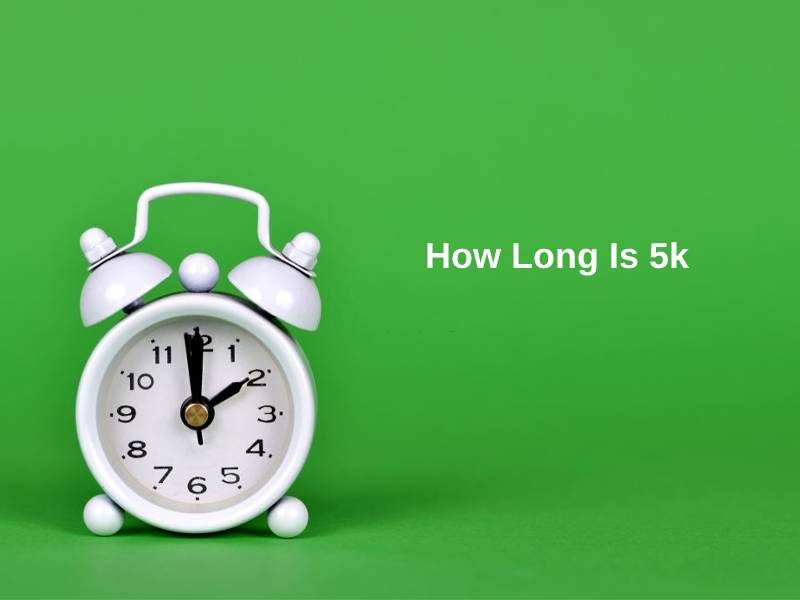

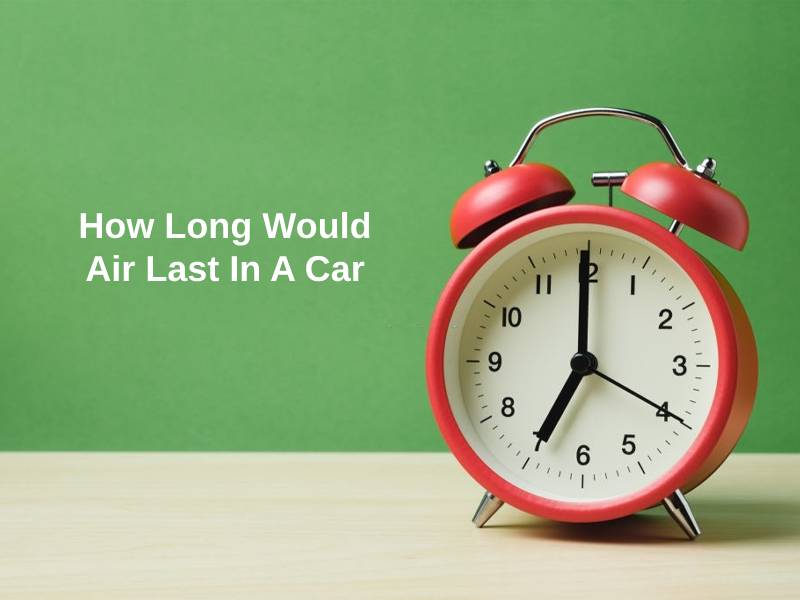
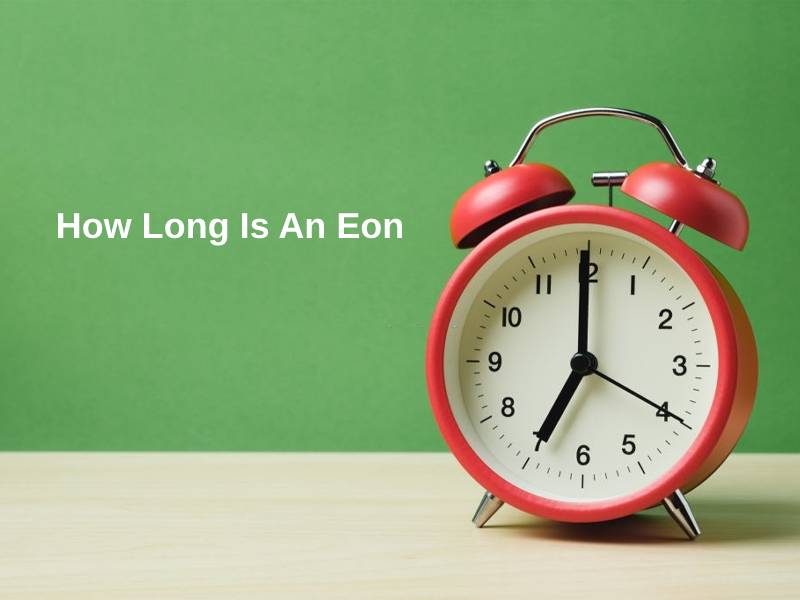




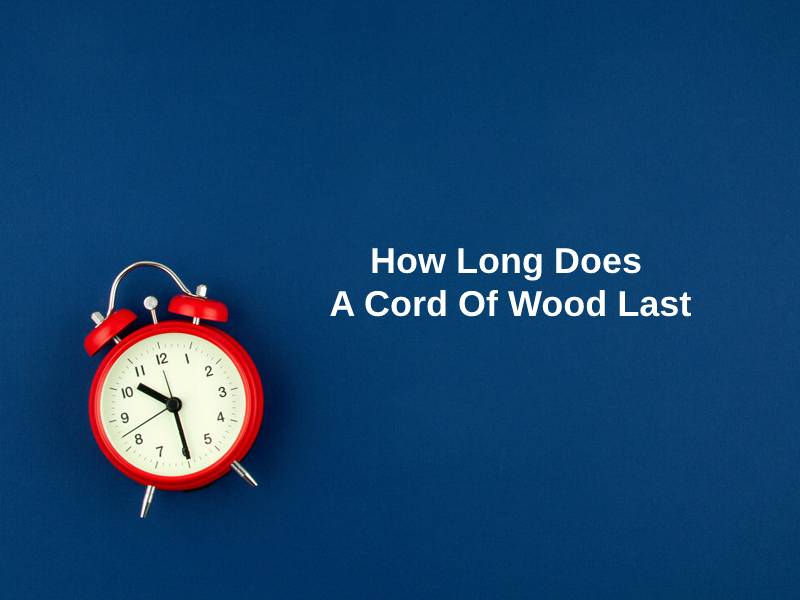
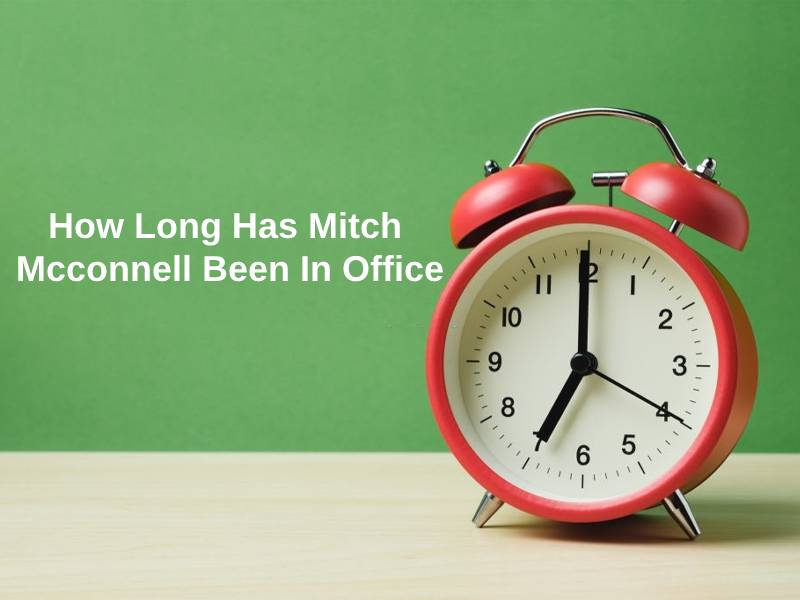
This article effectively examines the mile as a unit of measurement and its practical implications. The information about walking and running a mile is well-addressed.
It’s interesting to learn about the potential fitness benefits of walking a mile and the implications for differences in terrain.
The detailed discussion on the time to walk and run a mile provides a holistic perspective of the practical aspects of measuring distances.
The article offers a balanced perspective on the relevance and practicality of the mile. The comparisons to kilometers and the information about the time to cover a mile are quite enlightening.
I agree, the details about the differences in terrain affecting the time to cover a mile and its relevance to fitness are thought-provoking.
The explanation provided about the history and current understanding of the mile is insightful. It’s a well-structured exploration of the concept.
The article provides an insightful exploration of the mile’s historical context and its current implications. An engaging and informative read.
The article presents a comprehensive understanding of the mile and its application in various contexts. The relevance of the mile for fitness activities is particularly intriguing.
Indeed, it’s fascinating to learn about the varied applications of the mile and its implications for health and exercise routines.
This article provides a comprehensive and detailed analysis of the evolution, usefulness, and current relevance of the mile as a unit of measurement in different contexts
Indeed, the information is extensively enriching and provides a clearer understanding of the concept of a mile and its relevance.
I couldn’t agree more with you on this. It’s interesting to learn more about the historical and practical aspects of the mile.
The article does an excellent job explaining the historical background of the mile and its prevailing relevance in modern times
The article provides a comprehensive analysis of the mile’s length, usage, and relevance across different regions and activities. An educational read indeed.
Absolutely, this article unravels a wealth of information about the mile, making it an intriguing and knowledgeable piece.
The exploration of the mile’s relevance and interpretation in different scenarios is thoroughly addressed in this article. A commendable analysis.
Absolutely, the article provides a thought-provoking discussion on the practical implications and historical significance of the mile.
This article effectively elucidates the practical significance of the mile in different situations. The understanding of the mile’s relevance to exercise and fitness is particularly enlightening.
The information about the time to walk and run a mile is well-presented and helps highlight the practical aspects of the mile in everyday life.
I found the details about running and walking a mile to be thought-provoking and informative. The article offers a thorough analysis of the mile’s implications for health and physical activity.
This article provides valuable insights into the concept of a mile. The information shared about the time taken to run a mile and the relevance of the mile for fitness is particularly interesting.
I found the details about running and walking a mile quite informative. It’s fascinating to consider how the terrain affects time and effort when covering a mile.
Absolutely. The discussion on health and fitness in the context of miles provides practical knowledge that can be applied to exercise routines.